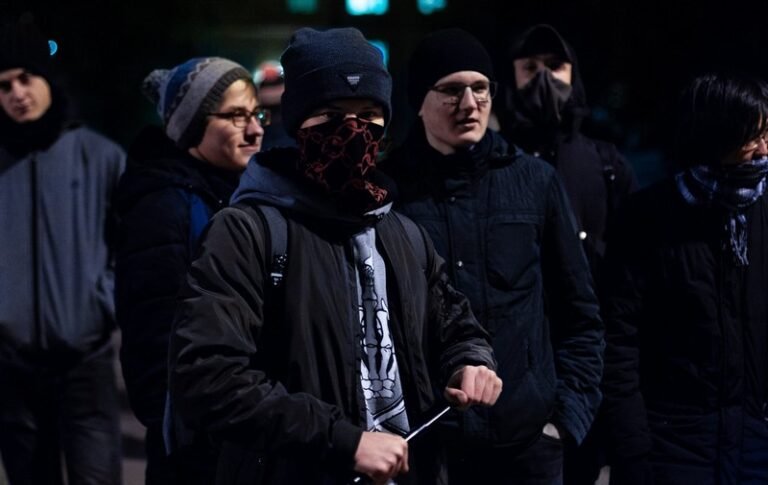Hooliganism is a term often associated with unruly and violent behavior, particularly in the context of sports events or public gatherings. In sociology, hooliganism is a subject of study that aims to outline and explain the underlying factors and social dynamics that contribute to such behavior. This blog post will delve into the concept of hooliganism, its origins, and the various sociological theories used to explain its occurrence.
Defining Hooliganism
Hooliganism refers to aggressive, disorderly, and often violent behavior exhibited by individuals or groups, typically in the context of sports events or other public gatherings. The term originated in the late 19th century in London, where it was used to describe the rowdy and disruptive behavior of street gangs. Over time, the term evolved to encompass a broader range of antisocial behavior.
The Origins of Hooliganism
The origins of hooliganism can be traced back to various socio-economic and cultural factors. One key factor is social inequality. Hooliganism often occurs in areas with high levels of deprivation and limited opportunities for social mobility. The frustration and alienation experienced by individuals in these communities can manifest in aggressive and disruptive behavior as a form of rebellion or expression of discontent.
Another contributing factor is the influence of peer groups. Hooliganism is often associated with gang behavior, where individuals seek a sense of belonging and identity within their group. Peer pressure, the desire for acceptance, and the need to prove oneself can lead individuals to engage in violent and antisocial acts in order to gain respect or maintain their standing within the group.
Sociological Theories on Hooliganism
Several sociological theories have been developed to explain the occurrence of hooliganism. One such theory is social disorganization theory, which suggests that hooliganism arises from the breakdown of social norms and the lack of effective social control mechanisms within certain communities. According to this theory, the absence of strong social institutions and community bonds can lead to the emergence of deviant behavior.
Another theory is strain theory, which posits that hooliganism is a response to the strain caused by the gap between societal goals and the means to achieve them. In societies where there is a significant disparity between the aspirations of individuals and their access to legitimate opportunities, some individuals may resort to illegitimate means, such as hooliganism, to achieve their goals or vent their frustrations.
Labeling theory also offers insights into hooliganism by suggesting that the labeling of individuals as “hooligans” or “troublemakers” can contribute to their continued involvement in such behavior. The stigmatization and marginalization of individuals may lead them to adopt a deviant identity and engage in further acts of violence or disorder.
Addressing Hooliganism
To address hooliganism, sociologists and policymakers advocate for a multi-faceted approach that combines social, economic, and educational interventions. Investing in community development, providing opportunities for social and economic mobility, and promoting inclusivity can help reduce the underlying factors that contribute to hooliganism.
Additionally, fostering positive peer influences and promoting alternative forms of collective identity, such as sports clubs or community organizations, can redirect individuals’ need for belonging and recognition towards more constructive outlets.
Conclusion
Hooliganism is a complex social phenomenon that requires a comprehensive understanding of its underlying causes. By examining the origins of hooliganism and exploring sociological theories, we can gain insights into the factors that contribute to this behavior. By addressing the socio-economic factors and implementing targeted interventions, we can work towards reducing hooliganism and fostering a more peaceful and inclusive society.





